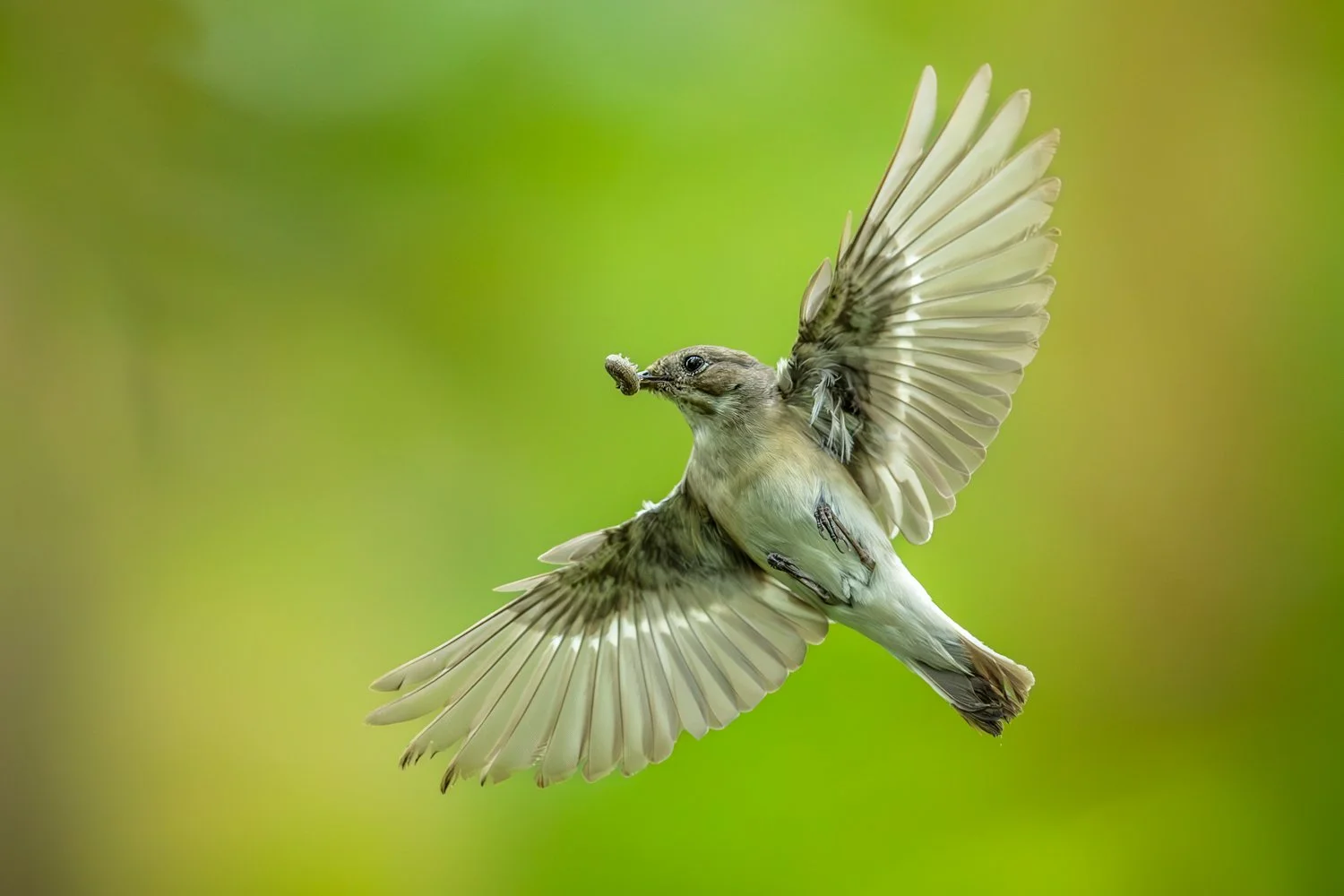Ethical nest photos
This article will be all about photographing birds at their nests, without having a negative influence on them. I believe such thing can be done, so in this newsletter I will discuss the preparation, the observation, the camouflage, the ethical consideration as well as creative approach to this topic.
The reason for this whole article is my recent photo project, during which I spent 10 sunrises and 2 sunsets in the field photographing a Hoopoe nest. I was able to produce some good variety of the images as well as 3 that I would consider really good photographs. This nest was located in a city park here in Seville, so the birds were really used to people walking by their nest. That meant I was able to photograph them without any camouflage and experiment with a lot of angles. But that is rarely the case when it comes to photographing nests.
Before shooting
Firstly, it is very important to understand that some nests You simply can’t photograph by law- for that You would need permission from the government officials, in Poland it is the case for a lot of rare birds, like Pygmy owl or Raptors. As photographers we have to respect those laws as they are set in place to protect animals- which should be our first priority.
After checking the laws it is also important to dig into the biology of the subjects, learn how they act around the nests, how likely they are to spook from the nests and abandon the eggs or the young. What types of nests do they make and where do they build them? Good rule of thumb is that cavity nesters are less skittish as they rely on the nest whole itself to protect their young, in comparison waders, ducks and birds who nest in the opens leave their nests very early, and are really affected by the presence of humans around (in wild environments, city parks present completely different opportunities, as the birds are used to human presence).
After the research has been done, and You found a nest that looks interesting for bird photography don’t go in, stay 200-500 meters away and observe the nest for 2 hours, make notes of how often birds bring food (I never photograph at nests which still have eggs in them, due to a higher chance of them being abandoned) for their young. Note the arrival hour, and the exit hour, later look at Your notes and see what was the frequency of adults coming in with food- that should be your most important parameter when You start photography, when You double the average time between feedings or exceed the highest time of non-feeding when the photographer is close to the nest they should fall back and stop photographing immediately. For example, in my last case with the Hoopoes, on average they fed their young with 7 minute intervals, but sometimes they went out and didn’t come home for 20 minutes. So if the time had exceeded 20 minutes without feeding I would have left the site, luckily for me I never had to do that.
During photography
On the day of the shoot it is extremely important to arrive at the nest 1,5 hours before sunrise, while it’s still completely dark, if You can don’t use a torch at all, or try to limit it to minimum, Your setup shouldn’t take more than 5 minutes in order not to disturb the birds. Remember to maintain a safe distance, start with maybe 15m away from the nest hole and adjust accordingly on the next days. When working with birds outside of big cities always use at least a ghillie suit. Masking net (my favorite due to it’s low profile and high adaptability) or a mobile hide. Stay as quiet and as still as possible in order not to disturb the birds.
While in the hide pay special attention to the calls of the birds You are trying to work with, if they start using their alarm calls and You can see they are getting stressed, jumping around Your hide but not going into the tree leave immediately. Be prepared for the sounds You have never heard before as a lot of birds have their unique sounds they make only around the nest. When the birds start bringing in the food, start counting the frequency of deliveries, if they stay similar to what You observed the previous day You are good to enjoy photographing! Lastly, and leave the hide quickly when the adults are not present at the nest, and do it as fast as possible, don’t pack Your camo under the nest, just carry it at least 200m away and start packing everything there. Remember not to share nest locations online, if possible don't share it at all.
To conclude, here is a quick checklist of everything I talked about so that You:
Find if law doesn’t prohibit you from photographing the species at the nest
Do the research at your desk
Find the nest
Observe the nest from 200-500m
Count the amount of times adults bring food
Go home
Arrive at the nest 1,5 hours before sunrise
Use a hide, ghillie suit or a masking net
Pay attention to the calls of the birds
Count the frequency of times adults bring food
Leave the hide quickly when the adults are not present at the nest
Don’t share the nests location



